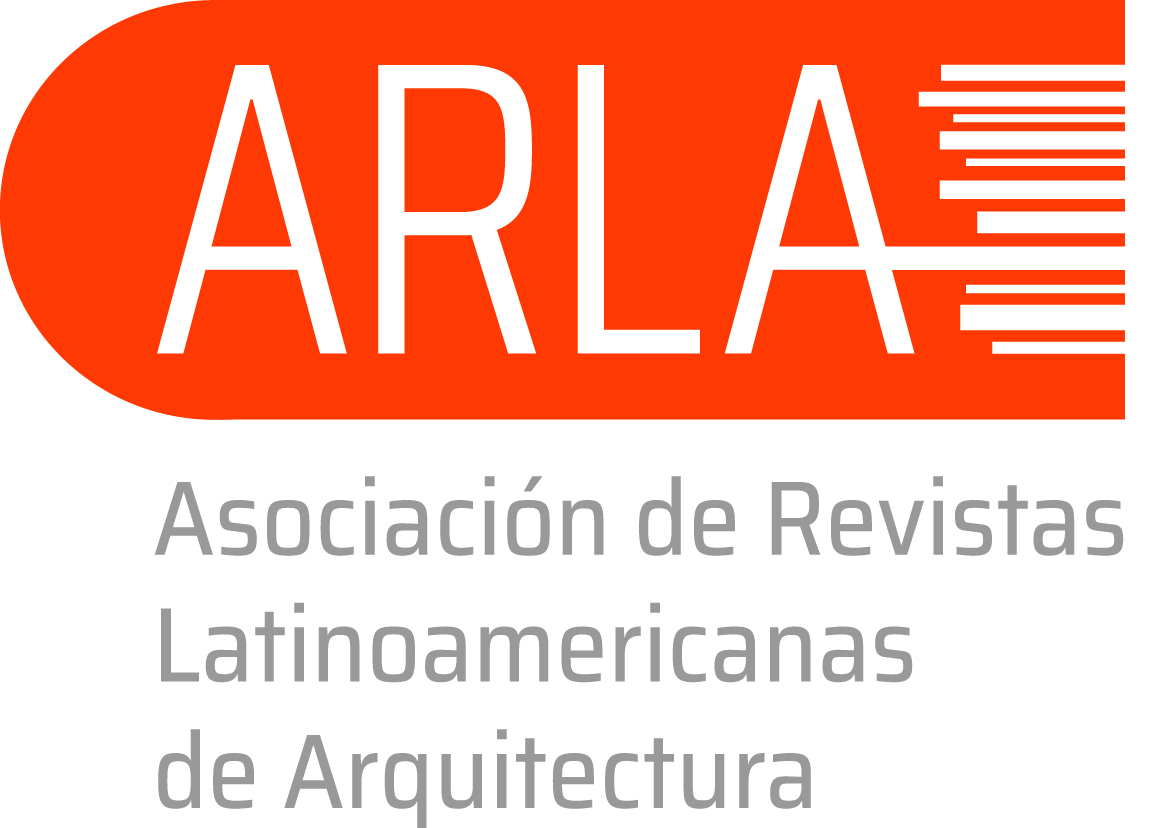Architecture and Nature: Creating Spaces that Promote Human Well-Being
DOI:
https://doi.org/10.56294/la202355Keywords:
Architecture, Nature, Creating Spaces, Human Well-beingAbstract
The article aims to explore the relationship between architecture and nature, focusing on how this integration can foster human well-being and sustainability in built environments.
Objective: The study seeks to contribute to knowledge about natural architecture and to act as an educational resource that raises awareness of the importance of integrating nature and technology in architectural design.
Methodology: An exhaustive narrative review of the existing scientific literature was carried out, consulting databases such as SCIENCEDIRECT, SCOPUS and SCISPACE. Specific terms and Boolean operators were used to refine the search, compiling a final corpus of ten articles relevant to the review.
Results: The results of the review highlight the importance of integrating nature in architecture, showing that a biophilic design can reduce stress and improve people's health and well-being, as well as highlighting the need to adopt sustainable technologies in architecture to achieve a harmonious relationship with the environment, in addition, the importance of empathy in design was highlighted, considering the emotional experiences of users.
Conclusions: This study concludes that there is a growing need to comprehensively address environmental and social challenges, and to promote an awareness of the fragility of ecosystems and their relationship to contemporary architecture. It is suggested that integrating nature not only affects design but also improves people's quality of life.
References
1. Estévez, A. T., & Fraile Narváez, M. (2023). Aprendiendo de la naturaleza. Estrategia biodigital para una arquitectura sostenible. Limaq, 11(011), 209-234. https://doi.org/10.26439/limaq2023.n011.5764
2. Fuentes Farias, F. J. (2022). Empatía y arquitectura: una propuesta fenomenológica. Hacia una teoría enactivista del diseño urbano-arquitectónico. doi:https://doi.org/10.15517/ra.v11i2.48075
3. Fuentes Freixanet, V. A. (2022). APUNTES DE ARQUITECTURA BIOCLIMATICA. doi:10.24275/uama.1242.9688
4. Gabriela Solís Rebolledo, G., & Cueto Ruiz-Funes, J. I. (2023). Naturaleza-arquitectura.La reflexión de Palladio: diseño, paisaje y territorio. doi:https://doi.org/10.22201/fa.2007252Xp.2023.27.85762
5. Gesto, J. (2022). Arquitectura y urbanismo: nociones desde la sustentabilidad. Designia 9(2), 165-189 https://orcid.org/0000-0001-9396-6020
6. Khanchandani, H. (2021). Experiencing Nature in the World of.
7. Khurshid, Hana, Archibiosis - The Co-Constitutive Relationship between Humans and Nature (June 25, 2021). Available at SSRN: https://ssrn.com/abstract=4254312
8. Gutierrez, M. C. (2023). Architecture Learns from Nature. The Influence of Biomimicry and Biophilic Design in Building. doi:https://doi.org/10.5539/mas.v17n1p58
9. Sanglier Contreras , G., Gonzalez Lezcano, R. A., Lopez Fernandez, E. J., & Perez
10. Sung-jin, L., Do-eun, K., & Yong-hoon, S. (2023). 조경학 연구에서 자연성 개념의 다의적 체계 연구†. doi:https://doi.org/10.9715/KILA.2023.51.1.029
Published
Issue
Section
License
Copyright (c) 2023 Jhon Anthony Canaza Apaza (Author)

This work is licensed under a Creative Commons Attribution 4.0 International License.
The article is distributed under the Creative Commons Attribution 4.0 License. Unless otherwise stated, associated published material is distributed under the same licence.






